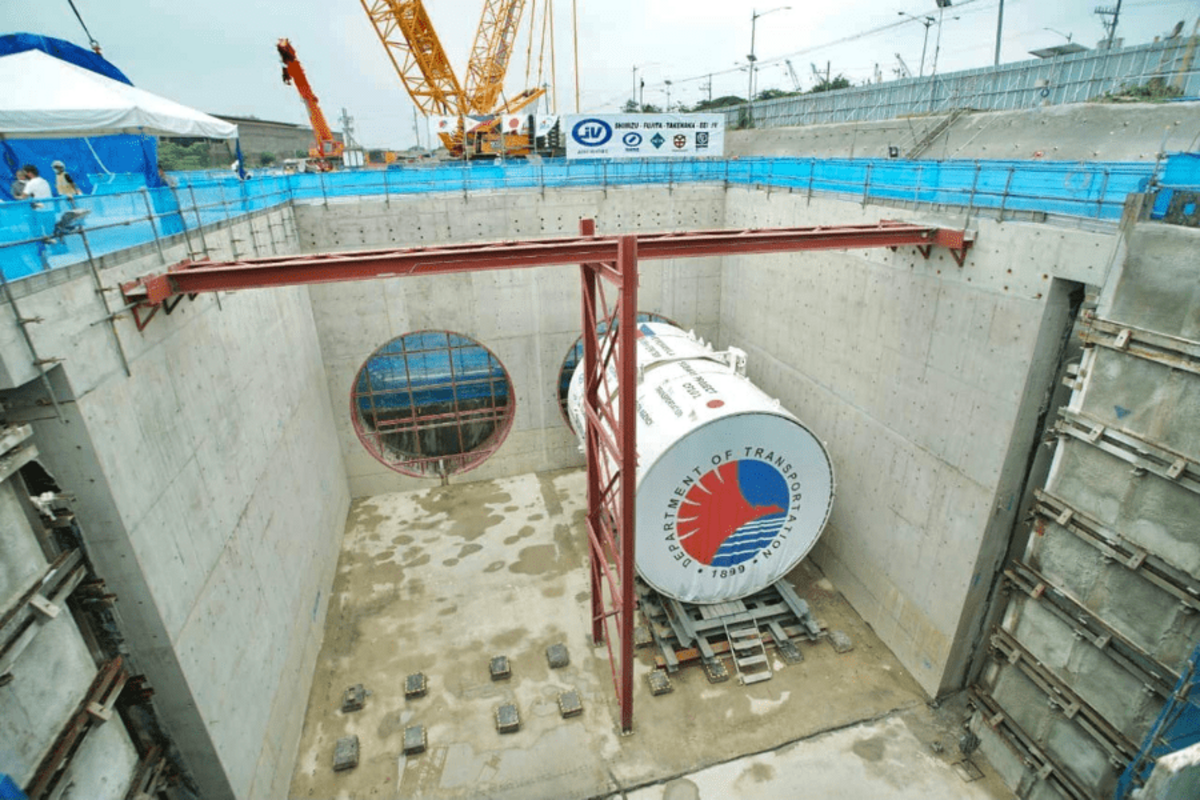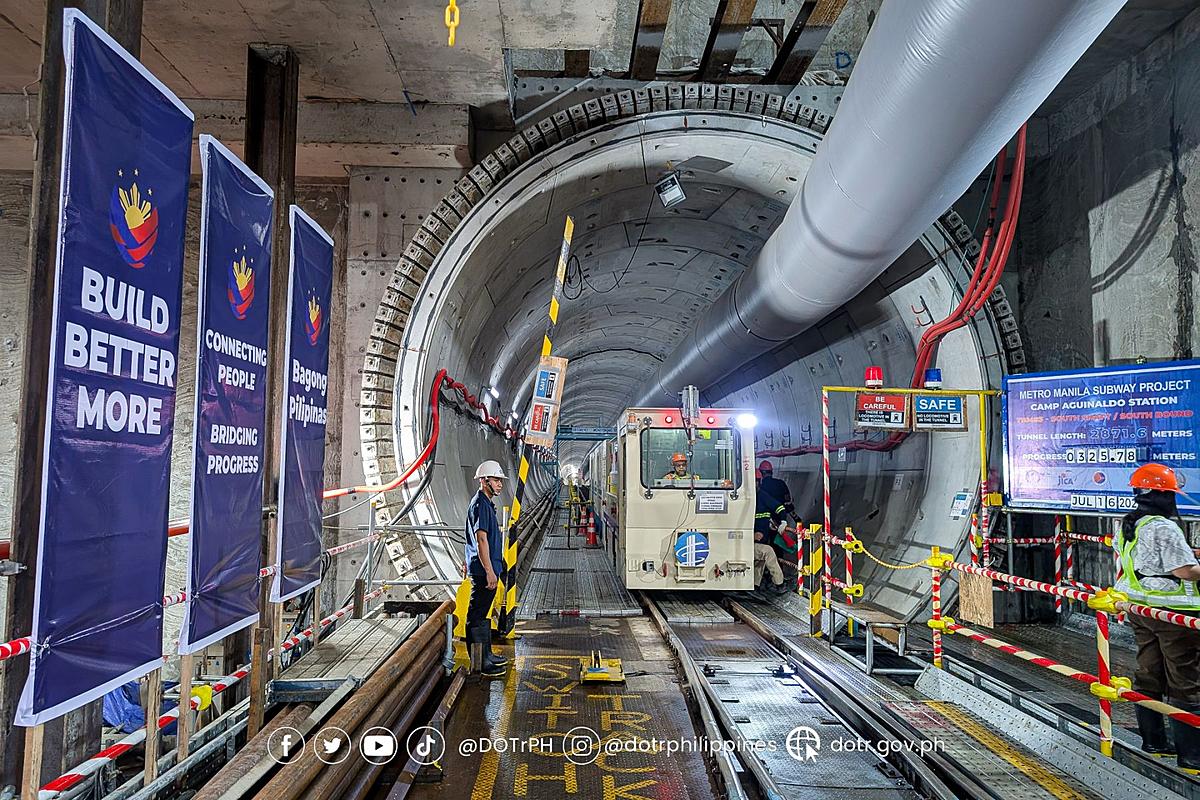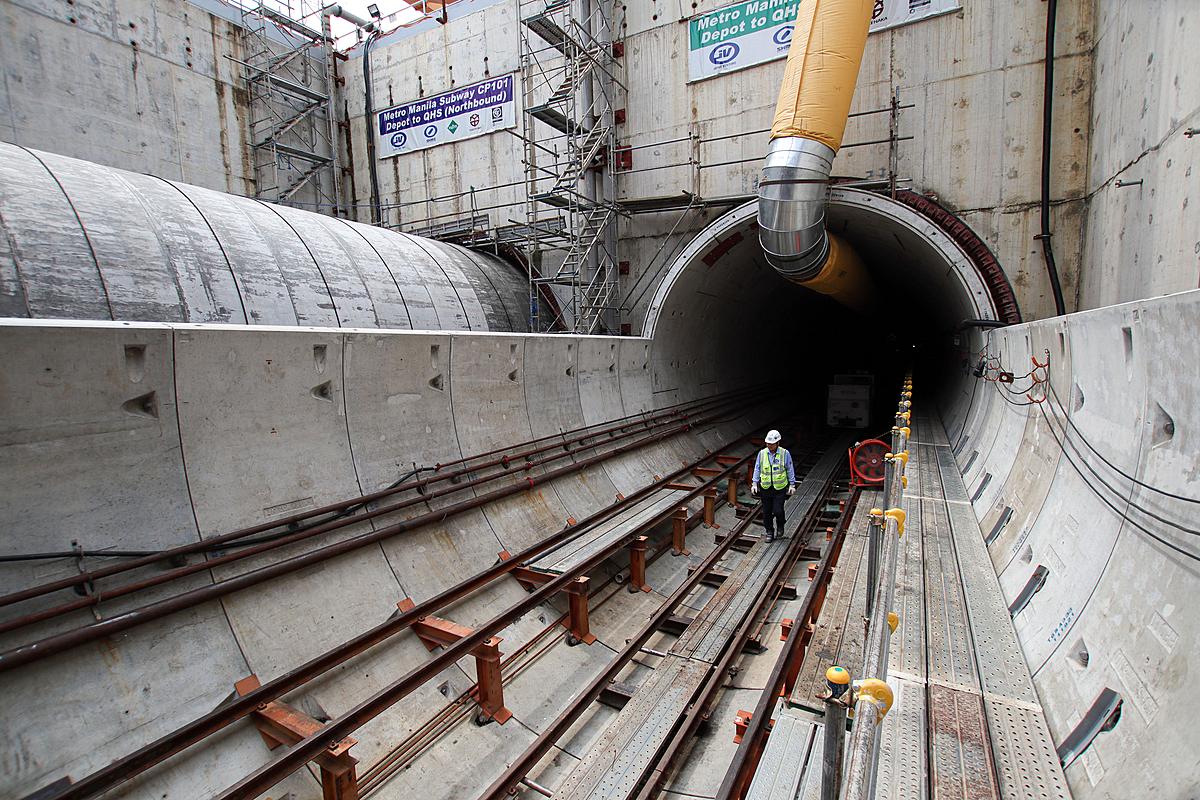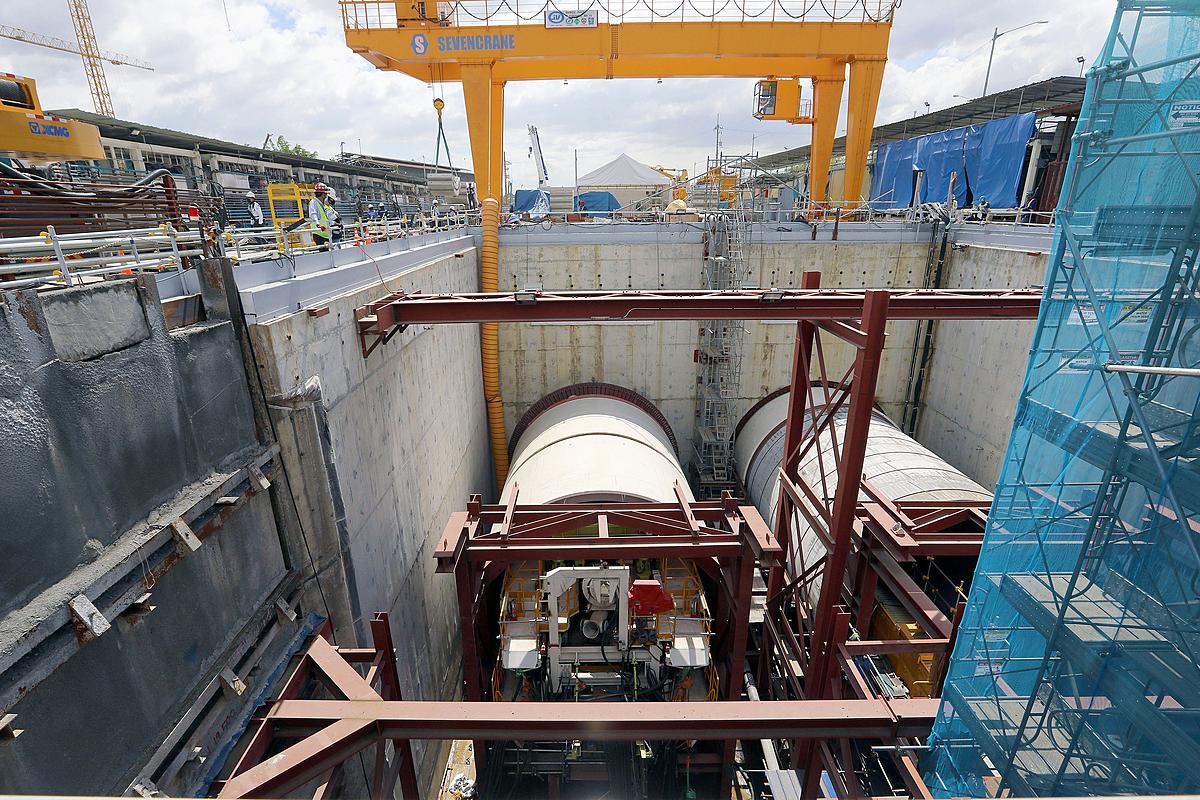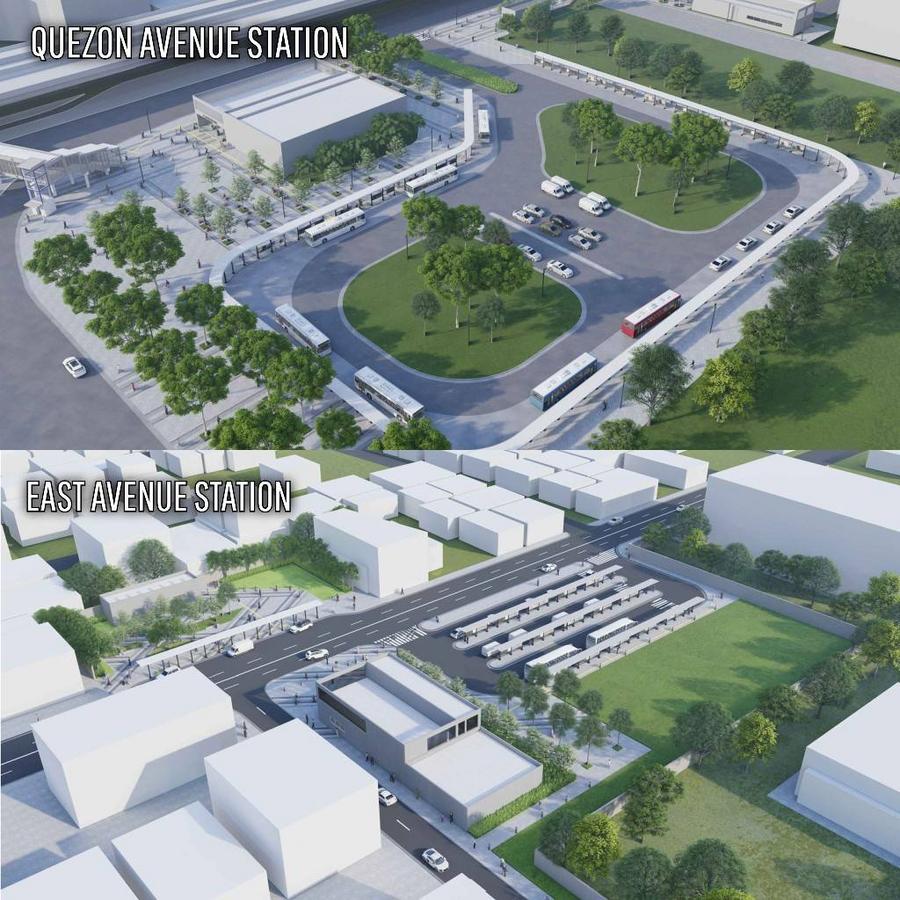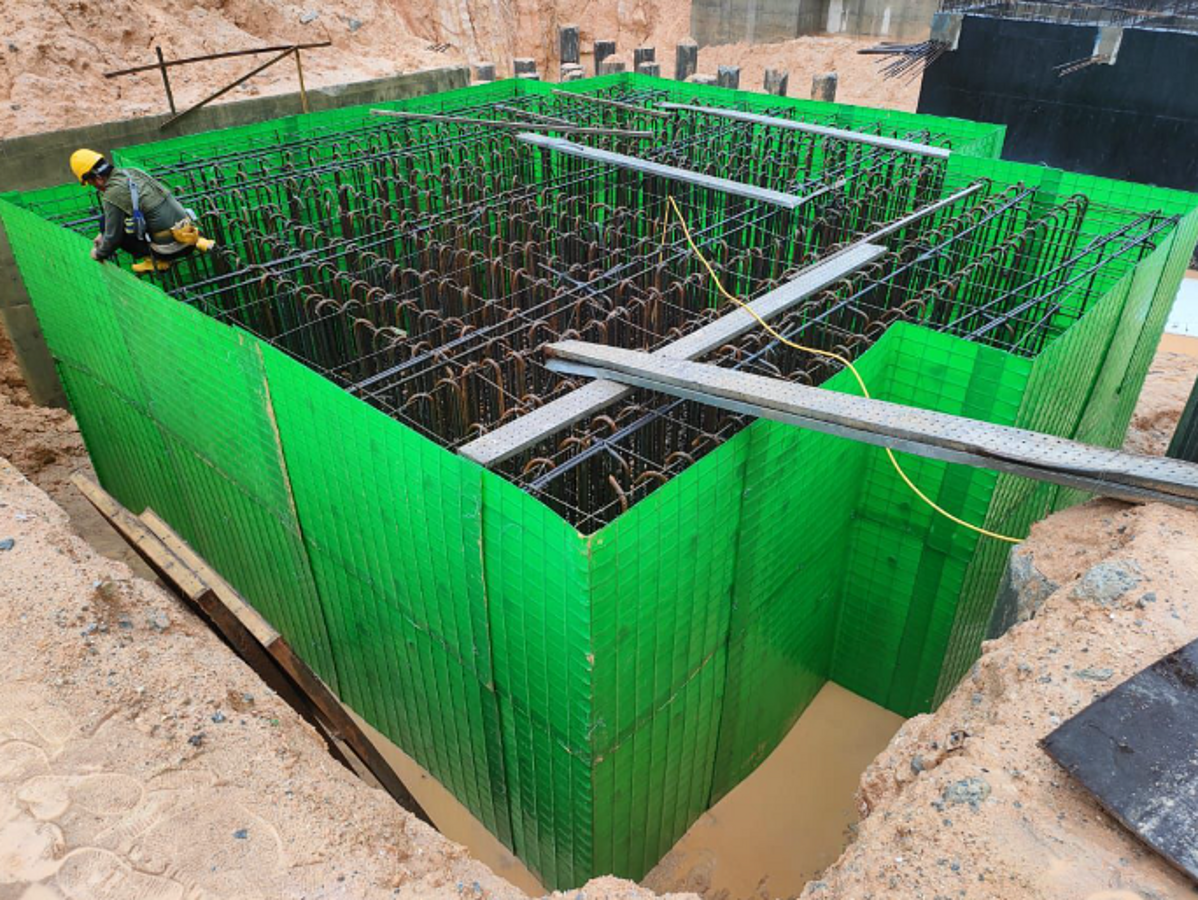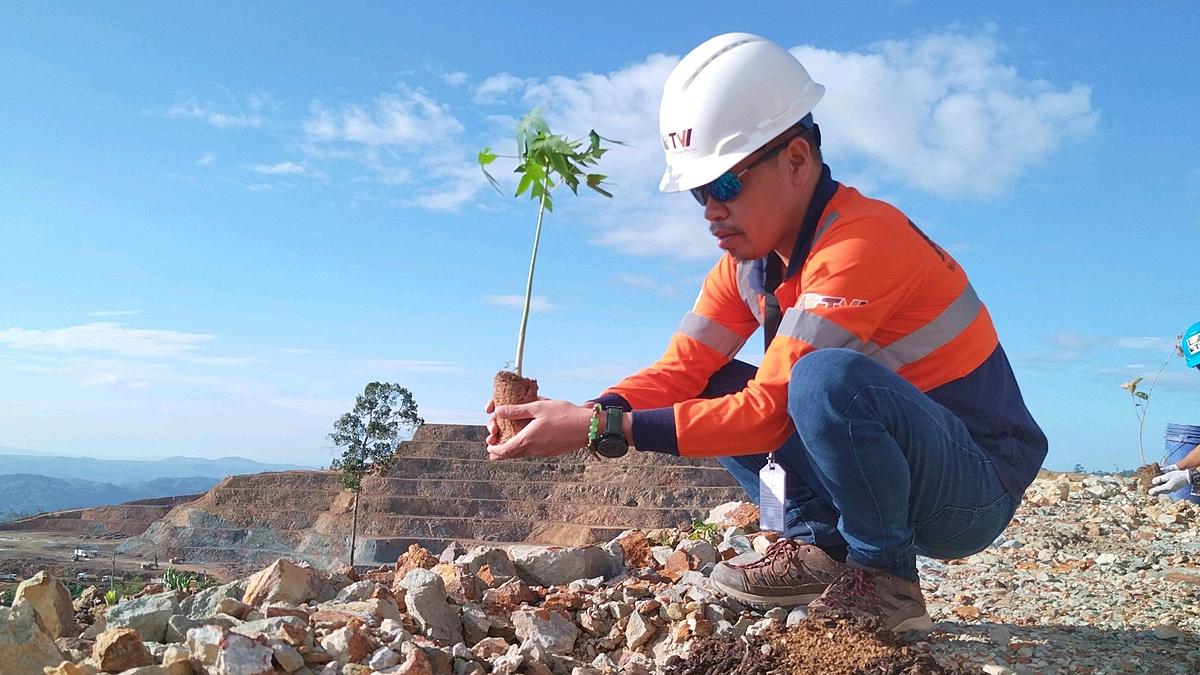Photo credit: IRJ
An official of the Department of Transportation (DOTr) on Tuesday said the Metro Manila Subway Project has reached 60 percent completion rate on procurement.
“Metro Manila Subway is 33 kilometers (km) from Valenzuela all the way to the Ninoy Aquino International Airport (NAIA), around 17 stations. We expect to provide daily ridership from 400,000 to as high as 800,000,” DOTr Undersecretary for Railways Cesar Chavez said during the post-State of the Nation Address (SONA) economic briefing at the Philippine International Convention Center (PICC) in Pasay City.
He also gave an update on the railway projects based on four indicators—procurement, design, right-of-way (ROW) acquisition, and construction.
Another big-ticket project is the North-South Commuter Railway (NSCR) project, with both its Tutuban to Malolos and Malolos to Clark segments at 93 percent complete on procurement, while the Manila to Tutuban to Calamba segment is at 61 percent complete on procurement.
“As to the detail and design, we're more than 70 percent complete, and as to ROW, it's 55 to 60 percent,” he said.
The NSCR is expected to be operational by 2026 to 2027 and will run for 147 kilometers from Clark to Calamba.
It will have 35 stations and is expected to have a daily passenger capacity of 400,000 to 700,000 daily.
Chavez said the Light Rail Transit Line 1 (LRT-1) Extension Project—which will extend the LRT-1 southward from Baclaran to Bacoor, Cavite—is at 69 percent completion rate on construction.
“The 122 trains are there already, around 24 rolling stocks. The station developments are in place already, except Las Piñas to Bacoor,” he said.
Meanwhile, the Metro Rail Transit Line 7 (MRT-7), a public-private partnership (PPP) project with San Miguel Corp., is at a 61 percent completion rate on construction.
Once complete, Chavez said the MRT-7 is seen to have a daily passenger capacity from 400,000 to 800,000.
It will run for 22.8 km from northeast to northwest, have 14 stations, and will connect San Jose del Monte, Bulacan to the Common Station in Quezon City.
To date, Chavez said the common station, or the Unified Grand Central Station, is expected to be completed by “the second quarter of 2023.”
Designed to connect the LRT-1, MRT-3, MRT-7, and the Metro Manila Subway with access to road transport, he said the station is expected to serve “at least 150, passengers daily.”
In addition to these projects in Luzon, he reiterated President Ferdinand “Bongbong” Marcos Jr.’s desire to complete the Cebu Railway System, the Panay Railway Project, and the Mindanao Railway Project (MRP).
The MRP, he said, is to be “resubmitted” to the National Economic Development Authority (NEDA) “in the coming weeks” for funding reapproval.
“The intention is to continue whether we're going to PPP or ODA (official development assistance), we will leave it to the Department of Finance, NEDA, and the economic team of the President,” he said.
He said while the Panay Railway Project is not “in the master plan,” he said at least five railway projects have been identified for development in the Visayas.
“Good news for Cebu, because in the master plan of rail transport from 2018 to 2019 there are five railway projects identified for development in the Visayas, in particular in Cebu province,” he said.
On Monday, Marcos in his first SONA announced his administration’s desire to continue the “Build, Build, Build” program of the previous administration and other projects such as the Panay Railway Project and the Cebu Railway System.
The 12 railway projects have a combined cost of PHP1.9 trillion and are at various stages of implementation.
Marcos noted that the infrastructure development spending of the country will be sustained at 5 percent of the gross domestic product in addition to making use of PPPs.
Article courtesy of the Philippine News Agency

